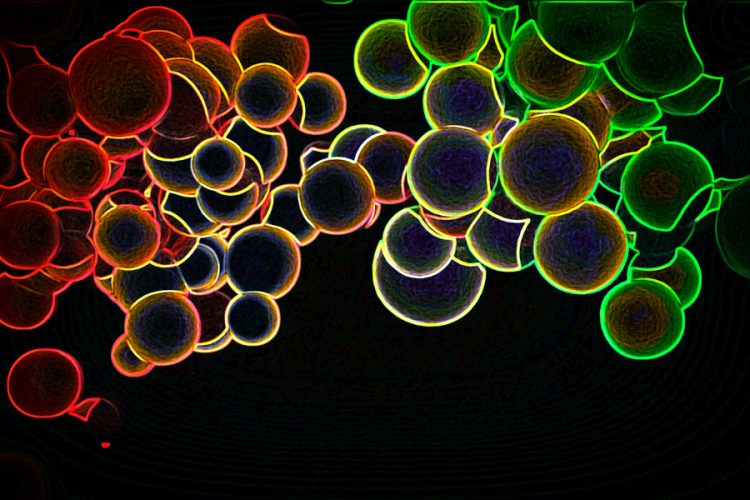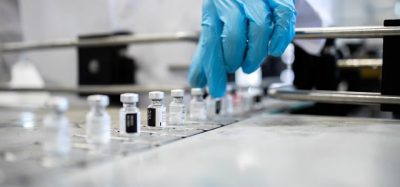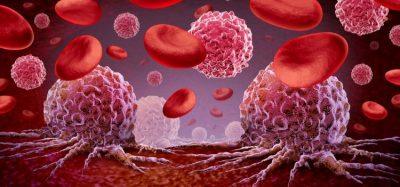H-DAPPs nanoparticles show ability to locate and treat breast tumours
Posted: 15 March 2018 | Dr Zara Kassam (European Pharmaceutical Review) | No comments yet
Researchers have developed a fluorescing nanoparticle capable of finding tumours, lighting up upon arrival and being activated with light to generate heat to destroy the cancer cells…


One major problem in treating cancer is identifying the location of small tumours and treating them before they metastasize.
In an effort to overcome that problem, researchers at Wake Forest Baptist Medical Center have developed a fluorescing nanoparticle capable of finding tumours, lighting up upon arrival and being activated with light to generate heat to destroy the cancer cells.
The study shows that these nanoparticles – Hybrid Donor-Acceptor Polymer Particles, or H-DAPPs – successfully located and killed breast cancer skills in mice.
“An unexpected result was how efficiently the nanoparticles localised to the tumours without any targeting agent,” said the study’s lead author, Dr Nicole Levi-Polyachenko, Associate Professor of Plastic and Reconstructive surgery at Wake Forest School of Medicine, part of Wake Forest Baptist. “Achieving high enough levels of H-DAPPs within the tumour to allow it to be seen provides an advantage for knowing exactly where the light should be applied to generate heat and kill the cancer cells.”
Other investigators have developed nanoparticles to detect tumours or carry drugs, and Dr Levi-Polyachenko’s team has created polymers that strongly absorb infrared light and generate heat. Regarding the new nanoparticle, she said, “It was exciting to figure out the step for combining a heat-generating polymer with a light-emitting polymer to allow for detection and on-demand heat treatment.”
H-DAPPs are made of electrically conductive polymers and are smaller than 100 nanometers (0.00000393701 of an inch) in diameter. Their small size and soft composition makes it easy for them to travel through the bloodstream to the tumour.
“There is much more research needed to ensure that H-DAPPs can safely be used in humans,” Dr Levi-Polyachenko said. “But we are enthusiastic about exploring the use of H-DAPPs with other cancer types and eventually in patients.”
The study has been published in the current issue of the journal ACS Applied Materials and Interfaces.
Related topics
Drug Delivery Systems, Drug Targets, Nano particles, Nano-medicine, Nanoparticles









